
USS Fuller (AP-14/APA-7) was a Heywood-class attack transport in service with the United States Navy from 1941 to 1946. She was scrapped in 1957.
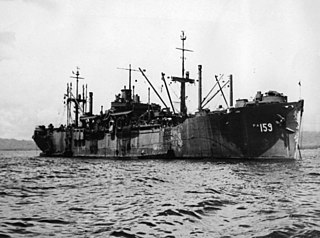
USS Darke (APA-159) was a Haskell-class attack transport in service with the United States Navy in from 1944 to 1946. She was scrapped in 1974.

USS Doyen (APA-1) was a Doyen-class attack transport in service with the United States Navy from 1943 to 1946. She was scrapped in 1973.
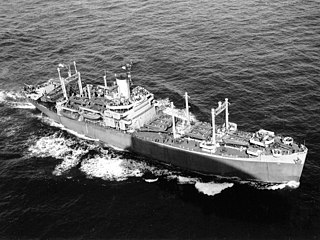
USS DuPage (AP-86/APA-41) was a Bayfield-class attack transport in service with the United States Navy from 1943 to 1946. She was then sold into commercial service and was scrapped in 1973.

USS Cambria (APA-36) was a Bayfield-class attack transport acquired by the U.S. Navy for service in World War II. She was named after Cambria County, Pennsylvania

USS Heywood (APA-6) was a Heywood-class attack transport acquired by the U.S. Navy for service as a troop carrier during World War II. She served in the Pacific War, a very dangerous area in the early years of the war, and safely returned home post-war with seven battle stars to her credit.

USS Feland (APA-11) was a Doyen-class attack transport in service with the United States Navy from 1943 to 1946. She was scrapped in 1964.

USS Lamar (APA-47) was a Bayfield-class attack transport in service with the United States Navy from 1943 to 1946. She was sold into commercial service in 1948 and was scrapped in 1971.
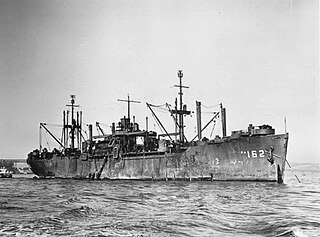
USS Drew (APA-162) was a Haskell-class attack transport in service with the United States Navy from 1944 to 1946. She was scrapped in 1974.

USS Clay (APA-39) was a Bayfield class attack transport in service with the United States Navy from 1943 to 1946. She was then sold into commercial service and was scrapped in 1974.

USS Barnstable (APA-93) was a Bayfield-class attack transport in service with the United States Navy from 1944 to 1946. She was sold to commercial service in 1948 and finally scrapped in 1974.

USS Callaway (APA-35) was a Bayfield-class attack transport that served with the US Navy, and was manned by the United States Coast Guard during World War II.

USS Custer (AP-85/APA-40) was a Bayfield-class attack transport in service with the United States Navy from 1943 to 1946. She was sold into commercial service in 1948 and was scrapped in 1973.
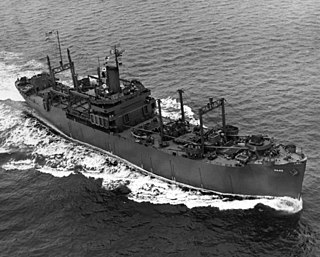
USS Fayette (APA-43) was a Bayfield-class attack transport that served with the United States Navy from 1943 to 1946. In 1947, she was sold into commercial service, where she served as SS Robin Gray until being scrapped in 1972.

USS Knox (APA-46) was a Bayfield-class attack transport in service with the United States Navy from 1944 to 1946. in 1947, she was sold into commercial service and was finally scrapped in 1971.

USS Audrain (APA-59) was a Gilliam-class attack transport that served with the US Navy during World War II.
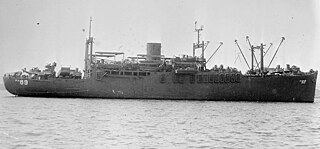
USS Frederick Funston (APA-89) was a Frederick Funston-class attack transport that served with the US Navy during World War II. Before serving as a Navy APA, she had been the US Army transport USAT Frederick Funston. After World War II, she was returned to the Army and operated as USAT Frederick Funston. Funston was among the seventy-two ships transferred to the Navy's Military Sea Transportation Service (MSTS) in the 1 March 1950 group and placed in service as USNS Frederick Funston (T-AP-178).

USS Leedstown (APA-56) was a Windsor-class attack transport that served with the United States Navy from 1943 to 1946. She was subsequently sold into commercial service and was scrapped in 1970.

USS Sheridan (APA-51) was an Ormsby-class attack transport that served with the US Navy during World War II.
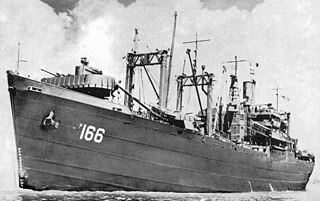
The third USS Comet (AP-166) was a United States Navy La Salle-class transport in commission from 1944 to 1946. She saw service in the Pacific Theater of Operations during the latter stages of World War II and the immediate postwar period.




















